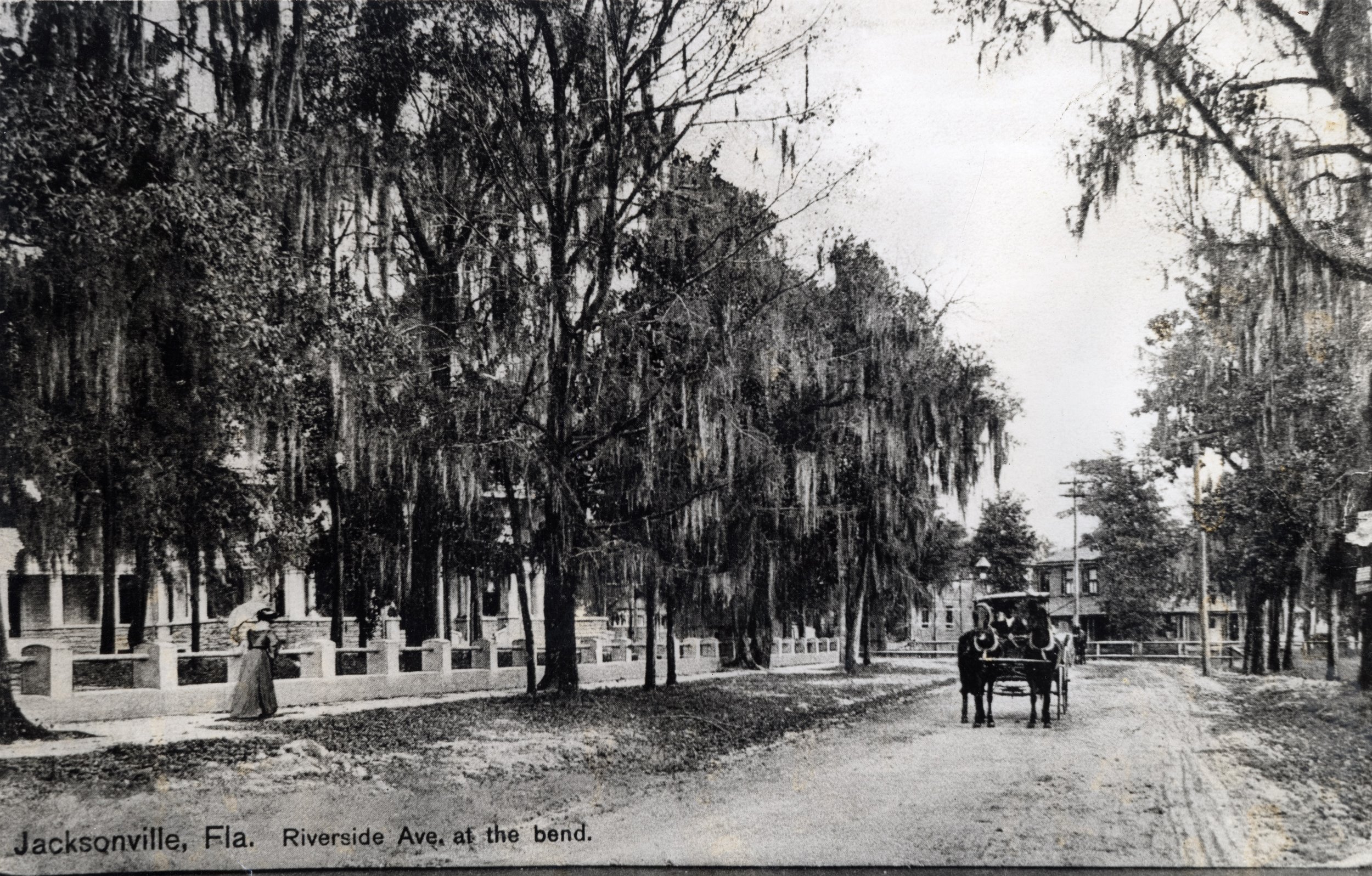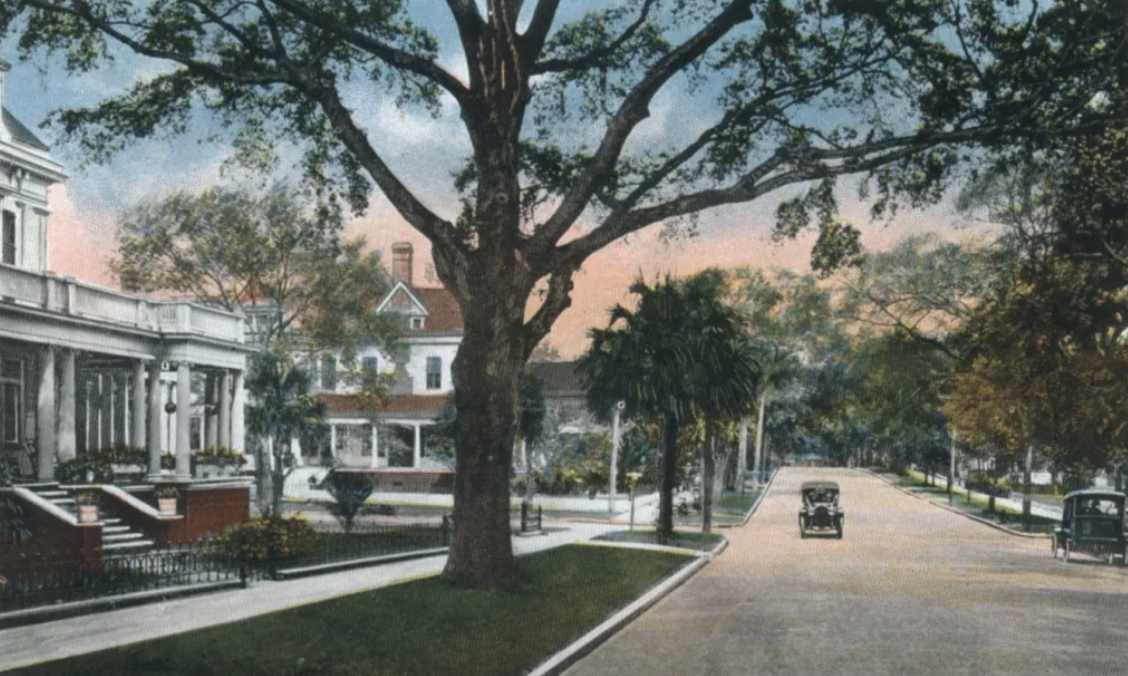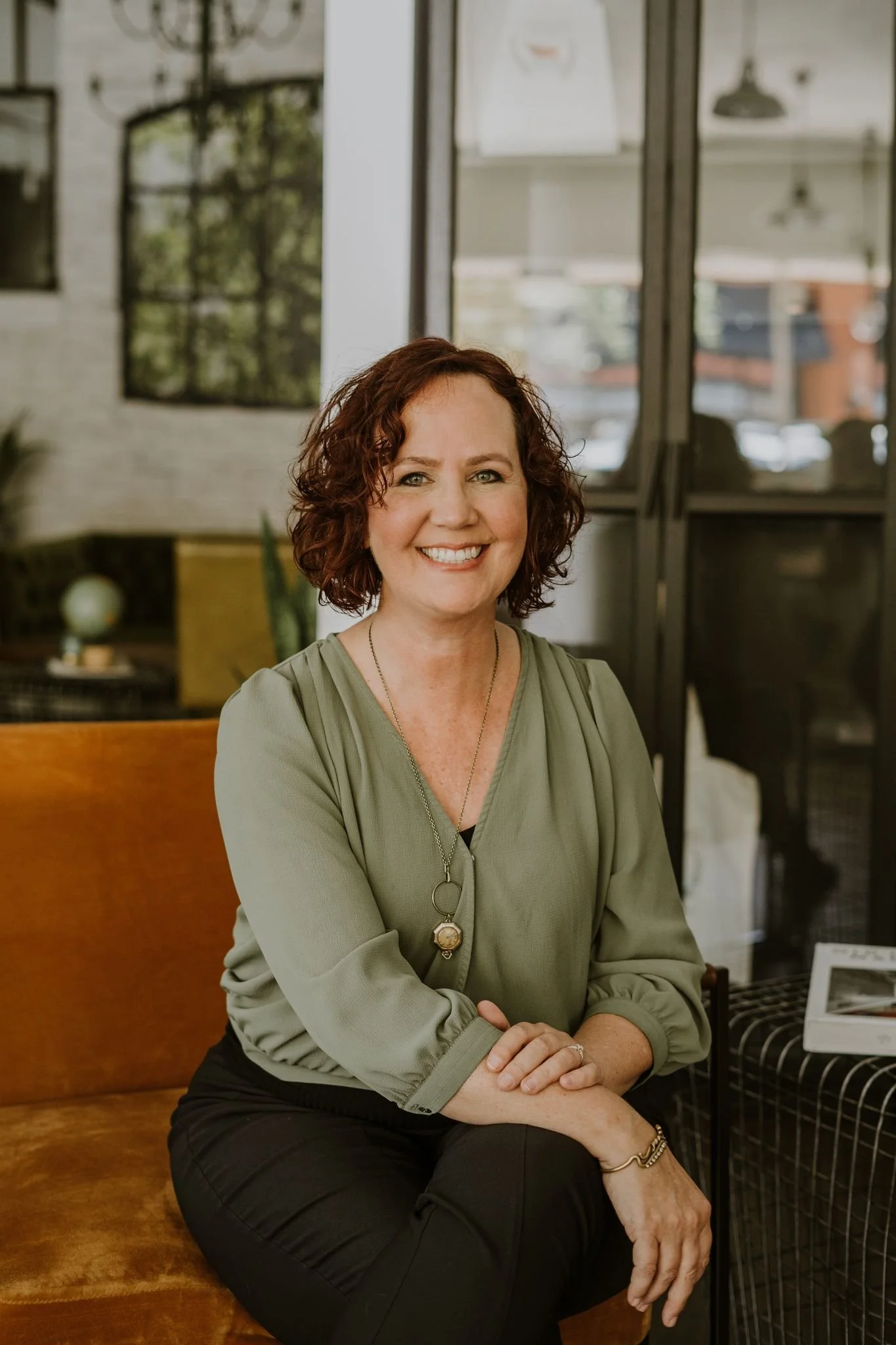This last week I enjoyed a jaunt up to Western North Carolina mountain country. My family has a very small (800 sq ft) cabin on the Cullusaja River, about an hour west of Asheville and an hour south of the Great Smoky Mountains National Park. It truly is a beautiful part of the country and I can feel my blood pressure drop as soon as I step out and smell that mountain air.
Skip to the bottom for a Few of My Favorite Things to do near Franklin, NC
Our cabin was originally my aunt’s house. Her first husband and his brother bought several lots on the river and helped each other build two houses nearby. I have such fond memories of coming to visit as a child. We’d ride up to the tire store to buy inner tubes and hold them tightly as they dangled outside the car window, hoping they didn’t fly away. Then we’d run up to the bridge and drop in, tube down the river to the swimming hole where we’d climb out and jump off the giant rock, then hike back up to the bridge and do it all over again.
Running wild in the woods, hiking behind a mammoth waterfall, mining for gems at the rock shop, sipping on apple cider — all of these things conjure up the lanky, carefree, adventurous spirit of my childhood. At night we’d all pile onto the porch in sleeping bags and watch the fireflies light up the night sky. It was the only time I wasn’t afraid to sleep outside at night because of the combination of peacefulness and exhaustion.
When my cousin decided to sell the cabin, we couldn’t turn down the opportunity to purchase it, even though it needed a great deal of work. We spent two years renovating the home from foundation to roof. We installed a new kitchen and bath, reworked the plumbing, electric, and HVAC, installed new wood floors, opened up the enclosed porch, and put in a rolling library ladder to access the loft which is now decorated with giant pillows and string lights. We had the most fun putting all of our personal touches on this sweet cabin.
With my daughter home from college at Texas State, we decided to come up for a short trip. On the ride up, I asked my kiddos (16 and 20 years old) to help me make a list of what they wanted to do. As they called out items on their list, my heart was so full — driving up to the gem mine, walking behind the massive waterfall, playing in the river with tubes, visiting the bamboo forest in Cherokee. We did all of these things, and more. These are all memories they have made with us that now remind them of their childhood. Now, just like me, they want to make new memories in these same spaces I’ve enjoyed my whole life. How sweet is that?
Once I got to the cabin and dusk started to set in, the fireflies began to emerge. I am like a kid in a candy shop when it comes to fireflies, like ridiculously ecstatic and it doesn’t fade with time. They are one of my favorite things on the planet earth. We ran around catching them in our hands and watching them light up then releasing them. After they stopped their illuminating dance, we lit some sparklers in the darkness and danced around outside burning shapes into the night sky. Oh, my heart is full.
If you make it up to the Franklin, North Carolina area, here are a few of our favorite things:
Jack the Dipper Ice Cream Parlor — There are so many delicious flavors to choose from — I am a fan of mint grasshopper, while my son loves the sorbets and my daughter digs on caramel bourbon truffle . We like to get our ice cream on a hot waffle cone, which they make fresh with a choice of vanilla, chocolate or cinnamon. There are two locations, one in Franklin and one in Sylva.
Jackson Hole Gem Mine — We always go inside and browse the shop first, which has an interesting selection of gems, minerals, pottery and rustic kids toys. Then we order boiled peanuts and apple or cherry cider (served hot or cold), and two medium buckets of dirt. Outside the kids set up and start sifting through their buckets to find treasures of amethyst, citrine, quartz and more.
Great Smoky Mountains National Park — I can’t possibly outline all the amazing things to do in this park here. My favorites so far are a variety of the wooded nature hikes, the spectacular view of Clingman’s Dome (which is breathtaking at sunset), and the Oconaluftee Visitor Center, which has a sweet Mountain Farm Museum (don’t forget to do the junior ranger program)! Also, sit outside this visitors center at dusk and you might spot of herd of elk who gather here in the evenings.
Tubing or kayaking the river — If you own your own tube, there are so many spots to pop in the river and take ride. It is easy if you have someone to pick you up or if you have two cars and can park one at the end point where you want to get out. If you want someone else to take care of you, we like Dillsboro River Company, which has a nice outfit on the Nantahala River. We’ve also rented tubes near Bryson City at the Deep Creek Rental and tubed in the National Park. So many options!
Visiting the Waterfalls — The Franklin Chamber has a great Waterfall Guide but my go to waterfalls are all on 64 as you head from Franklin to Highlands. One of the most photographed falls in the area is Cullassaja Falls, followed by what the locals refer to as Bust Your Butt Falls (you can slide down this one into a huge swimming hole or jump off the cliff if you are brave enough). Further up the road is Dry Falls, which is a 75’ waterfall that you can actually walk behind, followed by Bridal Veil Falls, which is a 120’ fall that used to route traffic behind it.
Cherokee — There is so much to see in Cherokee, NC. Personally, I love learning about the history and culture so one of my favorite stops is the Museum of the Cherokee Indian, which is so well executed. I am a museum nut and this is one of the best museums I’ve ever visited — it is worth the time! We also always visit the Bamboo Forest which is situated in an island park as you enter town. It is breathtaking and we also enjoy skipping rocks and playing in the water here.
Antiquing — There are some really cute antique stores in the Franklin area. One of my favorites has always been the Whistle Stop Depot because it has a great selection and lots of cool things to interest the kiddos, too. There is also some great antiquing in the nearby town of Dillard, GA (just watch your speed as we’ve been warned they like to give out tickets). Another fun place to visit is Culpepper’s Otto Depot , which is a really cool architectural salvage business that you can just get lost inside.






















